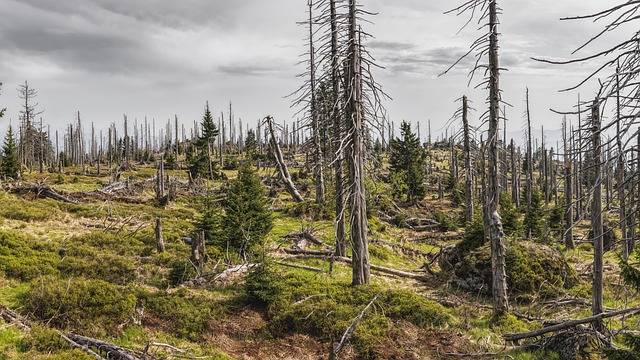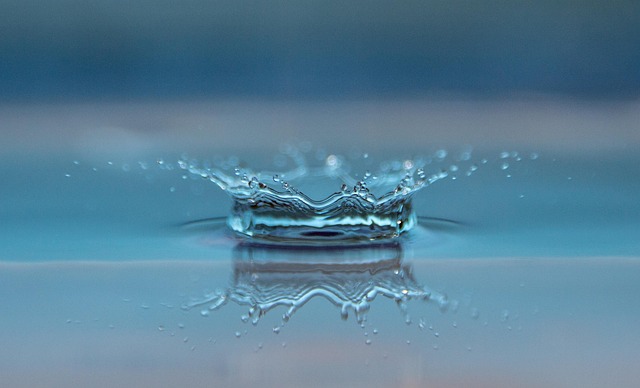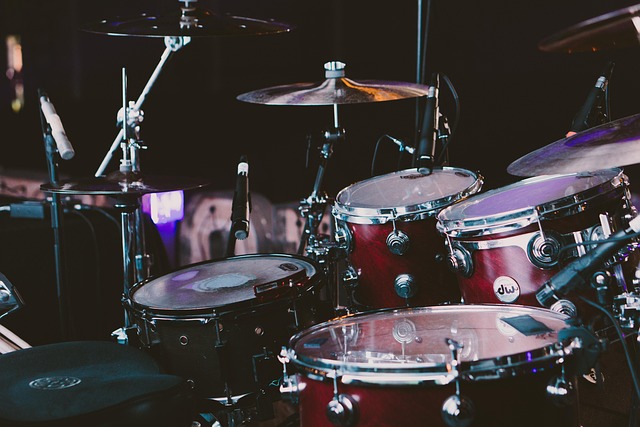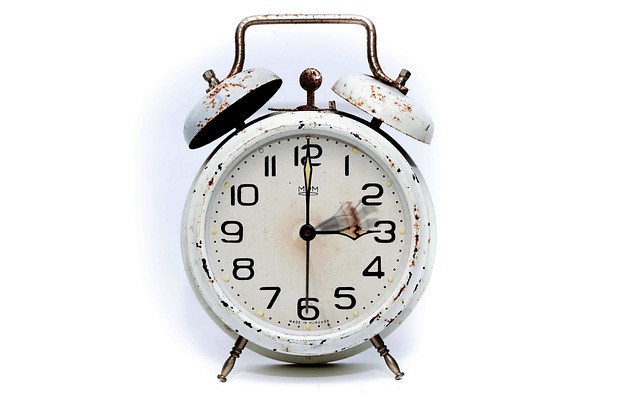For centuries, the sculptor has stood as a guardian of permanence, shaping stone, metal, and clay into symbols of human aspiration. Yet the act of destruction has increasingly entered the studio, reshaping not only the physical medium but also the philosophical dialogue surrounding the very notion of sculpture. In contemporary practice, artists deliberately break, dissolve, and reassemble their works, turning what was once a static object into a process of continual re‑definition. The vocabulary of the field has expanded to include terms like “deconstruction” and “rupture,” underscoring a shift from preservation to transformation. In this context, destruction is no longer a negative force but a catalyst that invites viewers to interrogate the boundaries between creation and dissolution, presence and absence, the tangible and the conceptual.
Redefining Materials Through Destructive Praxis
Materials traditionally associated with durability—granite, bronze, or hardwood—are now subjects of fragmentation. Artists employ techniques ranging from fire, acid, and water erosion to mechanical impact and chemical dissolution. The resulting scars, cracks, and voids become integral to the narrative of the piece. For instance, an artist may heat a steel sculpture until it deforms, allowing the molten surface to form a new topology that reflects industrial heat signatures. In another approach, a piece of marble might be slowly exposed to acidic spray, revealing a map of mineral veins that once remained hidden. These practices emphasize that the life of a sculpture extends beyond its initial creation; it continues to evolve through its own decay, revealing hidden stories embedded in the material itself.
- Heat‑induced distortion revealing hidden geometries
- Acidic erosion exposing underlying textures
- Mechanical abrasion turning smooth surfaces into complex patterns
Conceptual Implications of Dismantling
When a sculptor deliberately dismantles an object, they question the notion of artistic ownership. Destruction becomes a dialogue between the maker and the audience, inviting participants to become co‑authors of meaning. The process often unfolds publicly, turning the studio into a performance space where the act of breaking is as visible as the finished piece. This public exposure demystifies the creative process, showing that art is not solely about the end product but also about the journey. The audience witnesses the metamorphosis, gaining insight into the temporality of form and the fluidity of perception.
“By inviting the act of ruin into the creative space, we reclaim the narrative of loss as a source of beauty,” one contemporary sculptor remarks.
The Intersection of Art and Design
Design, at its core, seeks to solve problems and respond to context. When destruction is woven into this fabric, the resulting works often embody resilience and adaptability. An example is a modular installation that can be disassembled and reconfigured into multiple configurations, each variant presenting a distinct aesthetic. This approach reflects an engineering mindset: the sculpture becomes a system that can withstand fragmentation and still function as a coherent entity. Designers employ digital fabrication tools, such as 3D printing and CNC milling, to create parts that are intentionally weak at specific joints, enabling controlled breakdown and subsequent reassembly. The synergy between art and design thus yields works that are simultaneously beautiful and functional, fragile and enduring.
Environmental Perspectives on Destructive Creation
Modern sculptors increasingly grapple with sustainability, often choosing destruction as a method to repurpose waste materials. A discarded vehicle might be cut into fragments, melted, and re‑cast into a monumental piece that speaks to the lifecycle of consumer goods. By integrating destructive processes, artists can reduce the environmental footprint of their work while also highlighting issues such as obsolescence and consumption. The act of breaking down a material to rebuild it offers a tangible reminder that nothing is truly lost; instead, resources can be re‑imagined and reintegrated into new forms of expression.
- Transformation of automotive scrap into kinetic sculptures
- Melting of plastic waste into abstract reliefs
- Recycling of architectural debris into mixed‑media installations
Future Directions: Virtual Destruction and Augmented Reality
Beyond physical media, the concept of destruction is expanding into digital realms. Virtual sculptors can erase and reconstruct elements in real time, creating immersive experiences where audiences witness the fragmentation of a digital model before it is rebuilt. Augmented reality layers can overlay “ghost” versions of a sculpture that have been partially destroyed, allowing viewers to see both the original and its degraded states simultaneously. These technologies blur the line between the tangible and the intangible, reinforcing the idea that destruction is not limited to the material world. As computational power grows, the potential for interactive, self‑evolving sculptures becomes increasingly feasible, positioning destruction as a core principle in the next generation of artistic innovation.




